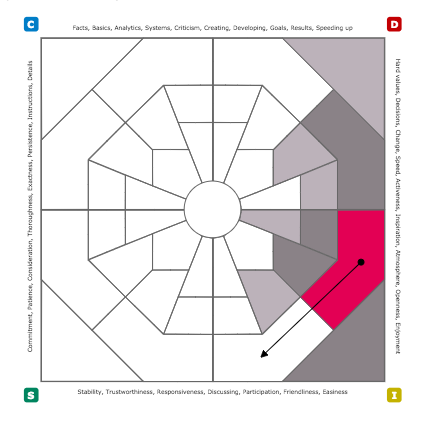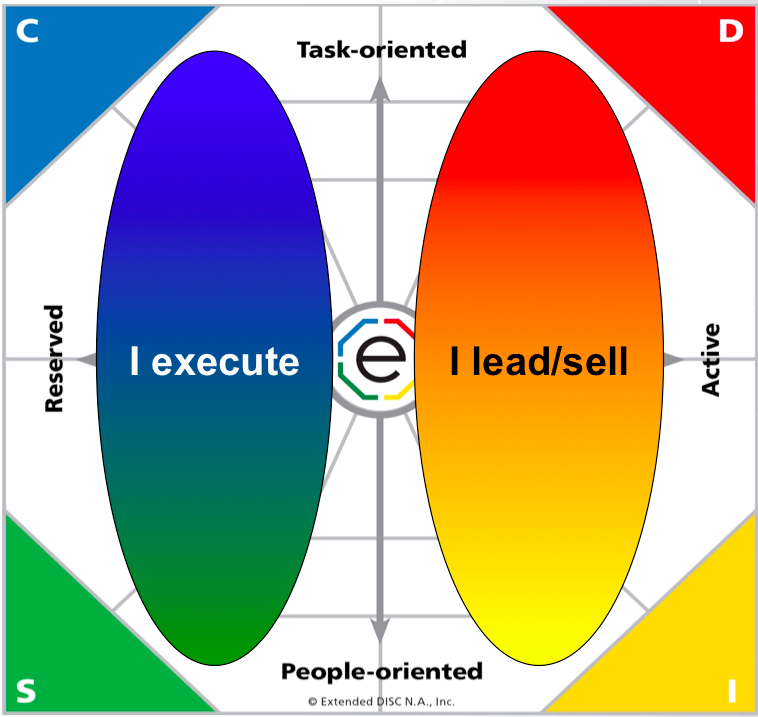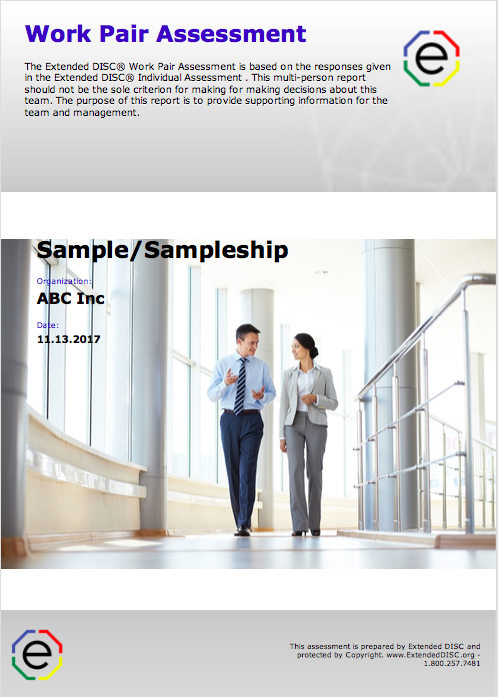

How do Extended DISC® Profiles help you identify the person who shows up for the interview versus who the person truly is?

You can identify key emotions to help provide deeper insight into a person's Extended DISC® Profile results.

What are the 6 Basic Profile Types?
Ninety nine percent of all individuals who take the Extended DISC Assessment are a combination of DISC styles. The Basic Profile Types describe the 6 DISC profiles that are a combination of two DISC styles. They are the second most common profile type, following profiles with three DISC styles. They are DI/ID, SC/CS, IS/SI, DC/CD, DS/SD and IC/CS. The






